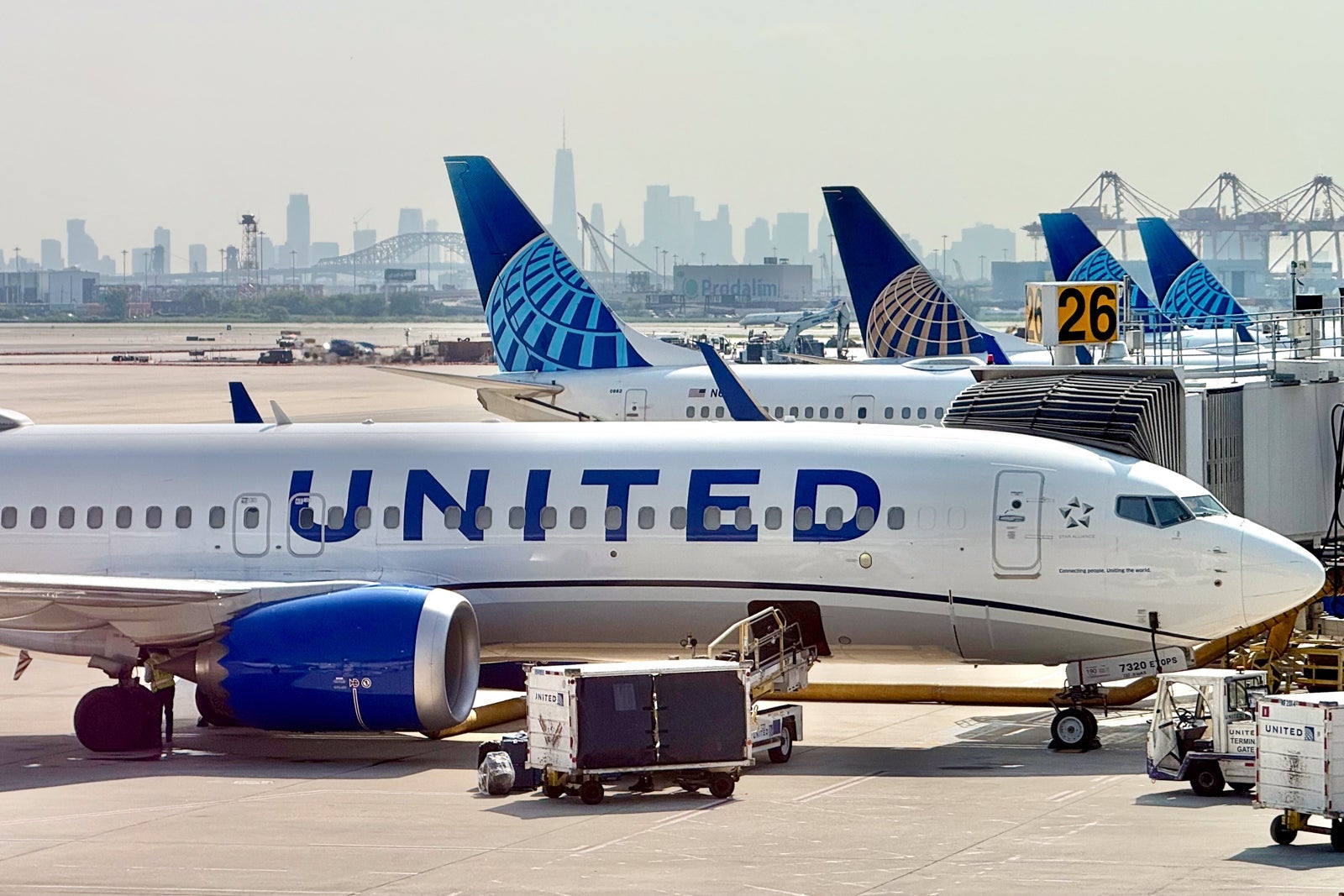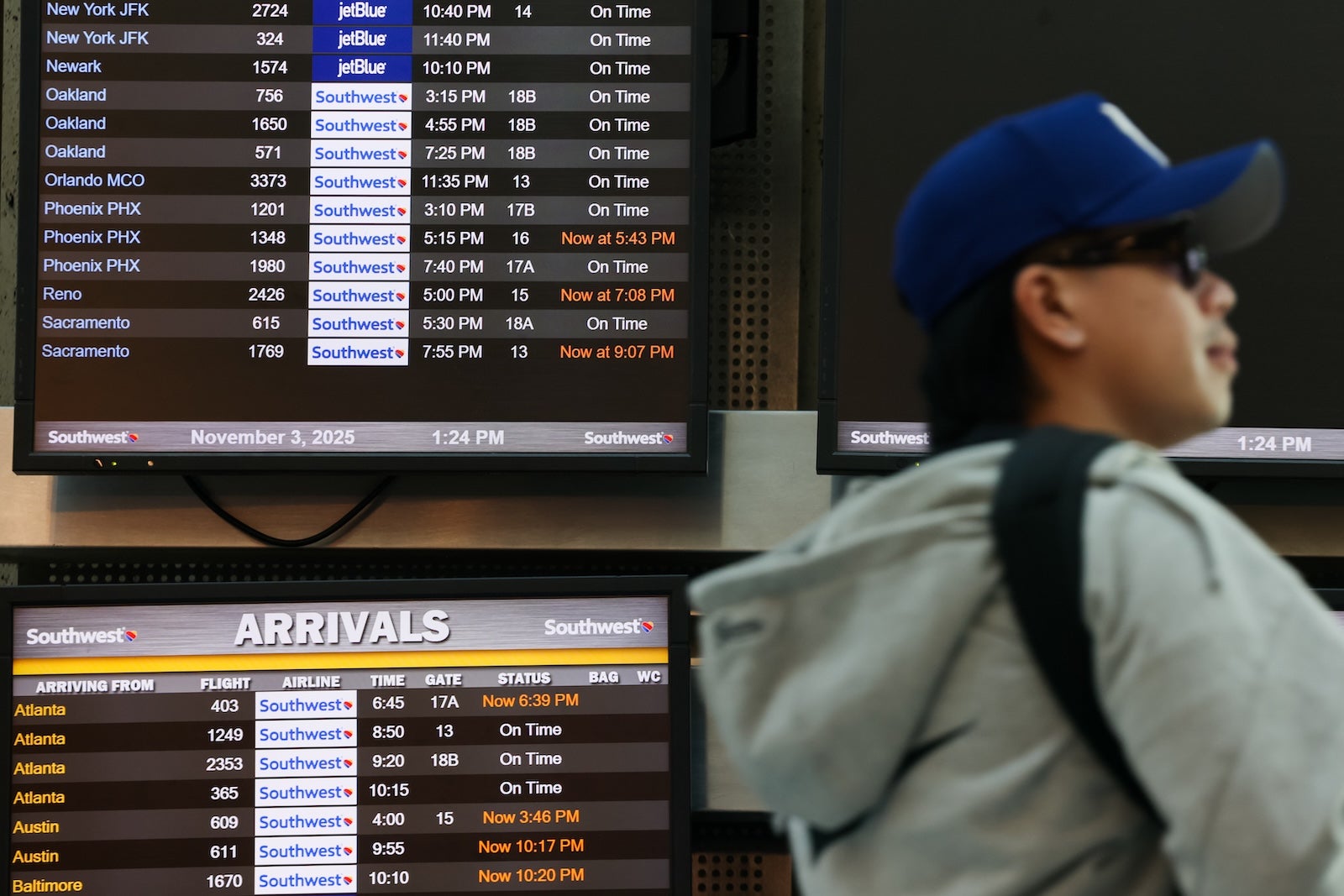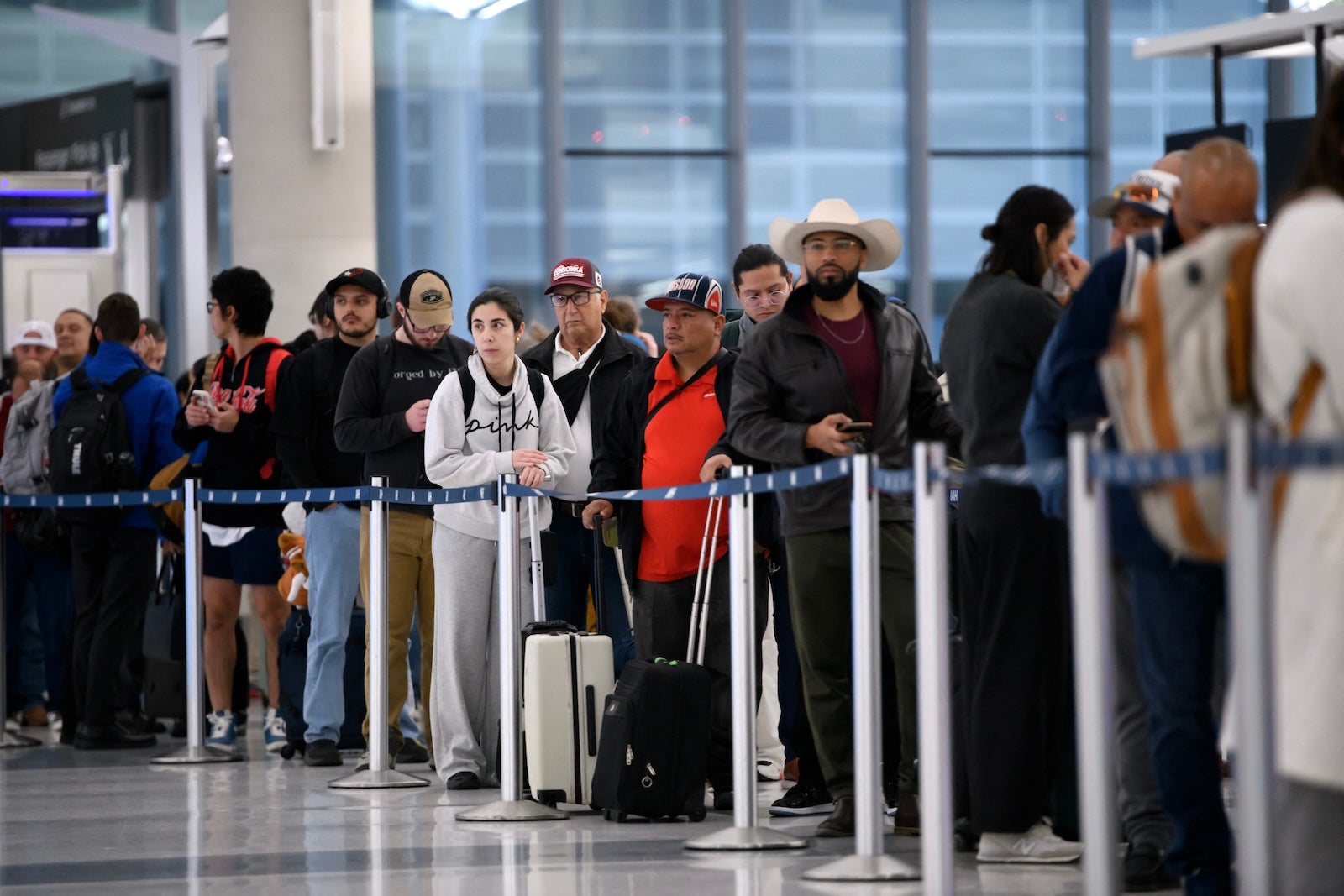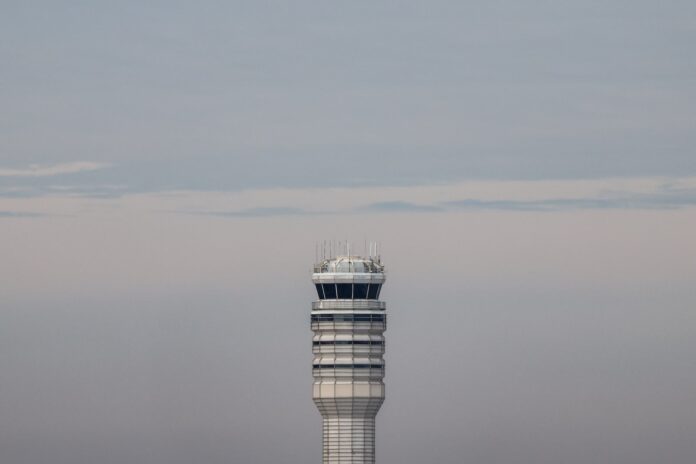Flight cancellations began rolling in Thursday afternoon as airlines started the process of cutting back service at dozens of the nation’s largest airports. For passengers planning to travel, the waiting game is on to see if their flight will depart on time — or at all.
By 8 p.m. EST Thursday, airlines had canceled more than 720 flights for Friday, according to FlightAware. Hundreds of flights have been canceled for this weekend, too. Those numbers are expected to grow significantly.
These cancellations come after the Trump administration ordered airlines to cut flights at 40 major airports amid the longest federal government shutdown in history. At many airports, the cuts could reach 10% of all departures by next Thursday.
But nearly every major hub across the country will see cancellations beginning Friday. These cutbacks are expected to eventually disrupt thousands of daily flights if Congress can’t reach an agreement to reopen the government — and they’re sure to upend travel plans for passengers hoping to fly in the days ahead.
The FAA said its drastic measures were a response to rising concerns about the nation’s increasingly strained air traffic controllers. Critical aviation sector employees have now gone more than a month without a full paycheck, fueling a surge in call-outs and putting added pressure on an already short-staffed workforce.
“We are seeing signs of stress in the system, so we are proactively reducing the number of flights to make sure the American people continue to fly safely,” FAA administrator Bryan Bedford said in a statement late Thursday.
Which airports will see flight cuts?
The flight cuts will build over the coming days.
The FAA ordered carriers to cut 4% of flights at 40 major airports on Friday.
Beginning Tuesday, up to 6% of departures from those airports would be shuttered. Cancellations would climb to 8% by Nov. 13, and reach the 10% mark by Nov. 14.

Reward your inbox with the TPG Daily newsletter
Join over 700,000 readers for breaking news, in-depth guides and exclusive deals from TPG’s experts
This affects busy airports in cities stretching from Atlanta to New York City, Philadelphia, Boston, Miami, Dallas, Houston, Los Angeles, Chicago and Washington, D.C. Also affected are secondary airports in big cities, like Chicago Midway International Airport (MDW), Houston’s William P. Hobby Airport (HOU) and Dallas Love Field (DAL).
Here’s the full list of airports the FAA focused its cuts on.
The sweeping air traffic reductions will likely affect travelers in almost every corner of the country, from the busy Northeast to the Great Plains, West Coast, and even Alaska and Hawaii.
“There will be no perfect solution,” Bedford warned.

Airlines make contingency plans
Airlines scrambled to figure out which flights to eliminate and how to accommodate stranded passengers.
By late Thursday, Delta Air Lines had canceled around 170 flights for Friday, between its mainline and Delta Connection regional flights. American Airlines had shuttered 220 flights per day between Friday and Monday.
It appears most carriers are avoiding canceling long-haul international routes, focusing instead on domestic flights. And, data shows, a high number of regional flights between big hubs and smaller cities.
United Airlines, for one, said it would focus its cuts on regional United Express flights and other departures that don’t involve flying from one United hub to another.

What should passengers do?
For now, it’s a bit of a waiting game for passengers wondering if their flight will be affected.
What to do if you’re flying this week
Travelers with flights planned for the coming days — including this weekend — should keep a close eye out for any email, text or mobile app communications from their airline.
Most major airlines issued flexible travel waivers to allow passengers to rebook, and some airlines loosened their refund policies to even enable travelers not affected by cancellations to cancel their trips and claim a refund.
FULL DETAILS: Here’s our rundown of how the major U.S. airlines are approaching the FAA-mandated flight reductions

Consider your plan B
If I had a trip planned in the near future, I’d certainly be thinking through my backup plan in the event that my flight gets canceled — whether it’s driving, taking a train or canceling my trip altogether.
I’d be especially cautious when flying on an itinerary that includes connecting flights. After all, a two-leg trip essentially doubles your chance of falling victim to a cancellation.
In an unusual move, Frontier Airlines CEO Barry Biffle even suggested travelers consider having more than one flight booked.
“If you are flying Friday or in the next 10 days and need to be there or don’t want to be stranded, I highly recommend booking a backup ticket on another carrier,” Biffle wrote in a social media post.
Travelers attempting to book a backup flight should make at least one of them a fully-refundable ticket they can cancel if the other departs as planned. Note that most airlines allow travelers to cancel award tickets booked with miles, penalty-free.
Related: Flight delayed or canceled? Here’s what to do
Refund rules still apply
Keep in mind, under DOT policy, passengers whose flights are canceled or significantly delayed are entitled to a refund, regardless of the reason for the disruption — if they ultimately choose not to fly. If you’re scheduled to fly this weekend and your flight gets canceled, you’ll only get a refund if you choose not to accept a new, rebooked flight from the airline.
Some airlines may offer expanded refund policies. United said that any passenger who prefers not to travel would be eligible for a refund if they cancel their trip, even if the flight is not affected by the cuts.
Who pays if you get stranded?
Because the flight disruptions technically aren’t the airline’s fault, it’s likely airlines will not offer compensation for unexpected hotel nights, meals in the airport or taxis to and from your hotel.
However, travelers who booked their flight with a credit card that has travel insurance protections may be able to claim reimbursement for these expenses.
“Airlines will be required to issue full refunds. They will not be required to cover secondary costs,” the DOT confirmed Thursday evening. “This is the normal procedure when a delay or cancellation is not at the fault of the carrier.”
What does this mean for Thanksgiving?
Friday’s mass flight cancellations will begin just two weeks before the unofficial start of the Thanksgiving travel rush — one that airlines had expected to be a record-breaker.
At this point, it’s too early to know for sure how these flight cuts will affect the upcoming holiday season. After all, much hinges on how long the shutdown drags on. However, it’s possible travelers will see flight disruptions even if the shutdown ends in short order, the head of the nation’s top air traffic controllers union warned Wednesday.
“It’s going to take weeks to recover,” Nick Daniels, president of the National Air Traffic Controllers Association, said during an interview on CNBC’s Squawk Box.
What to do if you’re traveling for Thanksgiving
If I were booking flights for Thanksgiving, I’d aim for a nonstop flight. If a connection is necessary, I’d opt for a multi-hour layover that will offer a safety net in case your first flight is delayed.
This is another case where I’d book with a credit card that has travel insurance protections, which can help you recoup the cost of an unexpected hotel stay or meal out if you get stranded.

Consider signing up for a time-saving program to get you through security checkpoints, as we saw hours-long wait times this week at one major hub airport. Like air traffic controllers, Transportation Security Administration officers are working without pay.
Clear can help you cut the line at TSA checkpoints. It costs more than $200 annually, but some credit cards will reimburse the annual membership fee.
Also, at a growing number of airports, there’s the new TSA PreCheck Touchless ID program, which is one of the biggest time-savers around. You’ll need to sign up ahead of your flight through your airline profile. Here’s a full rundown of airports where it’s available.
US Travel Association: Congress ‘irresponsible’ in causing flight cuts
The U.S. Travel Association applauded the FAA’s decision to cut flights in the interest of safety but called Congress’ actions leading to the shutdown “irresponsible.”
“The shutdown is putting unnecessary strain on the system, forcing difficult operational decisions that disrupt travel and damage confidence in the U.S. air travel experience,” Geoff Freeman, the organization’s CEO, said.
This is a developing story, and will be updated as additional information becomes available.
Related reading:
